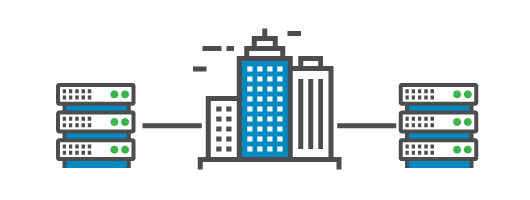SD-WAN vs. Traditional WAN
Make the branch office agile and efficient with virtualization and cloud.
Compared to a traditional WAN deployment, SD-WAN enables enterprises to deploy their wide area networks 100 times faster with 3 times the cost-savings.
Traditional WAN Is Broken
Traditional WAN design is based on multiple devices stacked in the branch office with siloed management and disparate WAN links connecting them.

Expensive Bandwidth
Limited bandwidth of expensive private/MPLS circuits inhibits rollout and impacts performance of applications. At the same time, private/MPLS WAN redundancy is complex to deploy and manage.

Unpredictable Application Performance
Application traffic over Internet links lacks SLAs for predictable performance. Every change in the application quality of service requires manual changes across the branches and the datacenter.

Datacenter Dependent
With no direct access to cloud resources from the branch with the archaic hub and spoke network design, the traffic is backhauled through the enterprise datacenter with heavy performance penalties.

Complex Infrastructure
Traditional WAN includes multitude of single-function devices and appliances connecting via different WAN links. This infrastructure sprawl causes complexity of branch IT management.
SD-WAN Makes Branch Networks Better
Software centric approach capable of being delivered prepackaged on economical x86 platforms or virtually on existing router and server platforms.





